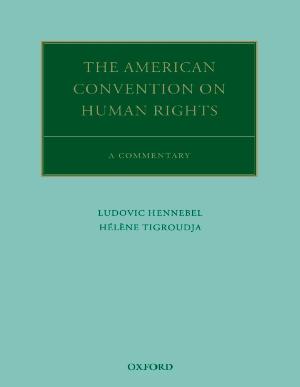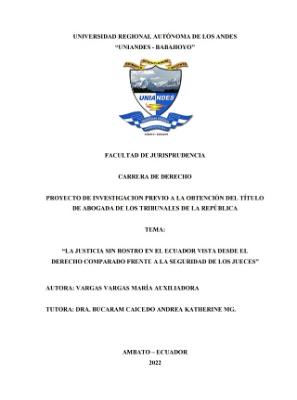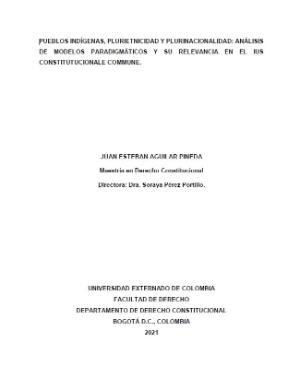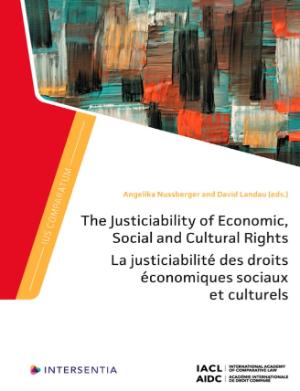
|
The American Convention on Human Rights: A commentary
The American Convention on Human Rights, adopted within the framework of the Organization of American States, is the central and essential instrument of the inter-American human rights law as elaborated by the Inter-American Commission and Court of Human Rights. This treaty, adopted on November 22, 1969, with twenty-three States Parties, contains eighty-two articles that set out the rights and freedoms that States undertake to respect and protect, and establishes various protection mechanisms, including an individual complaints mechanism. However, the American Convention is much more than an international treaty. The Convention is a complex instrument, which was born in a particular context, and which reflects the inter-American human rights particularism. Of course, it is a political instrument, which was adopted in the difficult context of the revolutionary fever of the late 1960s. It is also, and above all, an instrument of progress and justice, with an unequivocal purpose of emancipation of humankind. The Convention is finally a formidable legal instrument. This treaty, as interpreted and applied by the Inter-American Commission and Court of Human Rights, has become the legal basis of a creative, sophisticated, and protective inter-American legal regime of human rights. This inter-American human rights law, whether it embodies the hope of access to justice and equality for some, to truth for others, or to the protection of the most vulnerable, is also, for the lawyer, a paradigm for what is and what must be public international law centered on humanist and progressive values.
|

|
La justicia sin rostro en el Ecuador vista desde el derecho comparado frente a la seguridad de los jueces
En los últimos años Ecuador ha experimentado crisis política, social, económica y ahora una crisis penitenciaria que alcanza las esferas de la justicia. De ello se desprende el hecho de que los jueces y fiscales a cargo de investigaciones de procesos cuyos procesados son miembros de bandas que operan desde fuera de los centros de privación de libertad. El presente proyecto se fundamenta en la posibilidad de crear justicia sin rostro en Ecuador justamente en estos casos, donde los jueces y fiscales e inclusos las personas que forman parte del proceso o los que simplemente tengan que rendir algún tipo de diligencia dentro de la investigación, sean amenazadas o su integridad física sea amedrentada o transgredida por quienes se encuentran procesados. Así, dentro del capítulo uno se va a tratar sobre el sistema procesal en el Ecuador, para evidenciar la forma en cómo se llevan los procesos. En el capítulo dos, sobre el rol de los operadores de justicia en Ecuador y en el capítulo tres sobre la justicia sin rostro y la aplicación en el derecho comparado. Se han utilizado los mecanismos metodológicos necesarios para generar una investigación amplia, histórica, inductiva y deductiva para de esta manera llegar a las conclusiones esperadas, tomando en punto de partida el objetivo que fue diseñar un análisis crítico sobre este tema que se torna cada vez más interesante y necesario.
|
|
Freedom of Speech and the Regulation of Fake News
In Canada, the protection of freedom of expression prevents laws from prohibiting the dissemination of statements that do not conform to the ‘truth’. Such prohibitions must be carefully justified and, above all, limited to misleading statements published intentionally and knowingly. Bans should not apply to opinions or statements published in good faith. It should be borne in mind that there are other provisions, protecting the reputation of individuals and prohibiting hate speech, which may apply in order to counter the dissemination of untruthful remarks with regard to an election candidate, or a person otherwise involved in the political process.
|
|
|

|
Pueblos indígenas, plurietnicidad y plurinacionalidad: Análisis de modelos paradigmáticos y su relevancia en el Ius Constitutucionale Commune
El texto profundiza sobre la noción del Constitucionalismo transformador, especialmente en materia de los conceptos de plurinacionalidad y plurietnicidad. Analizando cómo se puede vincular la idea de plurinacionalidad al Ius Constitutionale Commune, el cual en términos sucintos es el trascender contemporáneo de la idea de abogar por la constitucionalización del ordenamiento, a propender por la convencionalización del derecho, esto es, a permitir que los ordenamientos que tienen a la Convención Americana sobre Derechos Humanos en su bloque de constitucionalidad, dejen que las normas de dicha convención alumbren y permeen el ordenamiento. Como ejemplos paradigmáticos se analizarán estos conceptos a la luz de las Constituciones colombiana de 1991, ecuatoriana de 2008, boliviana de 2009; las últimas dos, integrando el concepto del constitucionalismo transformador con el concepto de “Sumak Kawsay” o buen vivir; es decir, a grandes rasgos un constitucionalismo propositivo que permita realizar un cambio de fondo en la sociedad para que esta sufra de transformaciones a través de la promulgación constitucional y su posterior articulación con las políticas sociales, económicas, culturales, ambientales y de derechos fundamentales, donde se adopten y se protejan estos conceptos pluralistas como principio Constitucional en nuestros ordenamientos jurídicos, usando como herramienta primigenia estas Constituciones refundacionales.
|
|
|

|
The Justiciability of Economic, Social and Cultural Rights
This book includes a general report and a series of special national reports that analyze trends in the judicial application of economic, social and cultural rights in jurisdictions in different regions of the world. The general and special rapporteurs demonstrate that there are clear trends towards greater inclusion of economic, social and cultural rights in constitutions, as well as towards greater justiciability of them. However, the book also highlights the significant variation in the way these rights are interpreted, as well as in the approaches taken to sentencing and appeals. Furthermore, it has been shown that the impact of economic, social and cultural rights is a very complex issue that depends on a multitude of factors. Finally, although the speakers point out that these rights are regulated by an international legal framework, this framework has not led to a harmonization of approaches. As the book discusses the divergent impact of these different approaches, it also suggests the need for a continued experimental – and creative – ethos with respect to the judicial application of economic, social and cultural rights.
|
|
|
|
|